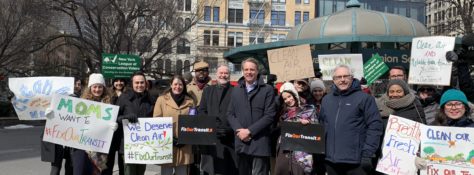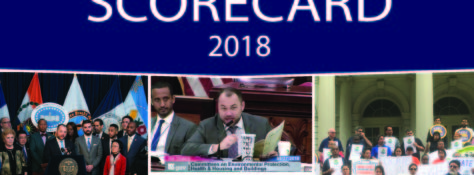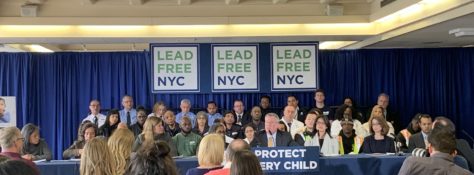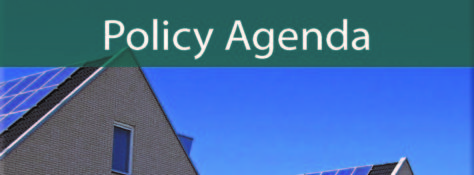News
NYLCV recently joined The Nature Conservancy, Environmental Defense Fund, Natural Resources Defense Council, WE ACT for Environmental Justice, and Moms Clean Air Force as part of the Fix Our Transit Coalition to urge lawmakers in Albany to include a comprehensive congestion pricing plan in this year’s budget. The groups released a fact sheet of numerous environmental and public health benefits that congestion pricing would bring.
Learn MoreNYLCV is proud to release our 2018 NYC City Council Environmental Scorecard, which holds members accountable for their environmental actions while in office.
Learn MoreNews
Clean and Healthy New York, which NYLCV works closely with as part of the JustGreen Partnership, this month laid out a road map for identifying and eliminating toxins from everyday consumer products ranging from toothpaste to floor polish as part of a fundamental shift in the way we manufacture these products.
Learn MoreNews
New York City released its roadmap to eliminate childhood lead exposure by 2029 by expanding blood-lead screening in children, increased enforcement and interagency collaboration, and increasing public education on lead risks. NYLCV believes that while all of these measures will help reduce incidences of lead poisoning, the most critical step towards eliminating lead in paint and dust, the main source of exposure in children, is stronger enforcement that are on the books.
Learn MoreNews
The ongoing federal government shutdown has brought several consequences to our environment and public health. Many local projects, such as air quality monitoring and Superfund site cleanups including the Gowanus Canal in New York City, are suspended.
Learn MoreNews
As we all know, traditional pesticides contain toxic chemicals that are harmful to people and our environment. One of the more interesting sustainable alternatives we recently learned about is the small and colorful ladybug.
Learn MoreNews
Lead in school drinking water has been a concern in New York because children often spend all day in school facilities and receive much of their drinking water from them. NYLCV is working to prevent lead poisoning in schoolchildren by analyzing the lab reports from all 4,700 public schools in New York to model the impact of a lower lead action level on protecting school communities.
Learn More



